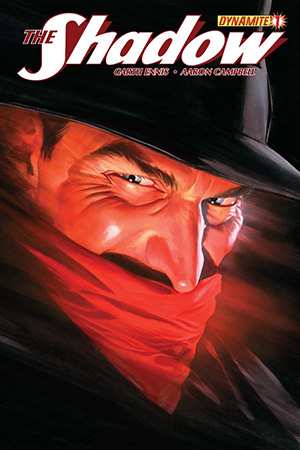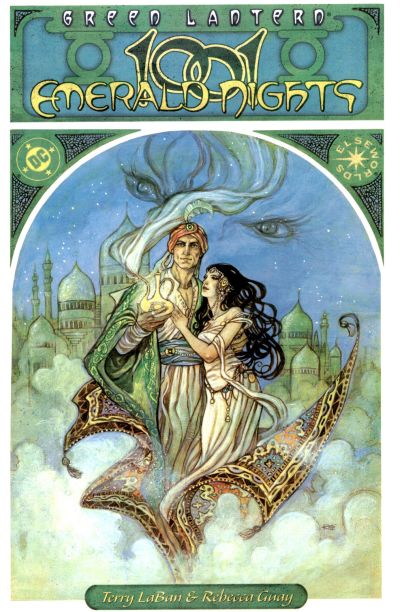“They call me the Buffalo.”
“They call me sir.”

The latest comic book incarnation of The Shadow comes from Dynamite. The first story, The Fire of Creation, was written by Garth Ennis with art by Aaron Campbell. Ennis has had a string of hit series for both the major publishers as well as his recently concluded series, The Boys, for Dynamite. Aaron Campbell is a new name to me but he seems to have worked mainly on other Dynamite titles such as Green Hornet and Sherlock Holmes.
Set sometime in the 1930s, Lamont Cranston is working with US Military Intelligence to prevent an ex-crime boss turned Japanese army officer getting his hands on the “magic rocks” being auctioned among the world’s super powers by a Chinese crime lord. Along the way he must escape assassination attempts by the Nazis and the interference of the Military Intelligence officer sent with him to legitimise the mission.
I gave this one a try because I like the gun-toting vigilante known as the Shadow especially the incarnation from the 80s by Andrew Helfer and Kyle Baker. This version did not live up to that mainly because writers seem to have been restricted in what they can do with the character since that time – the book was pulled from DC without warning in the middle of a storyline. As a Garth Ennis piece it also did not live up to its potential, probably for the same reason, as a lot of the signature Ennis tropes are missing – the black humour, sexual deviancy and gallons of blood and gore. So we get a fairly standard pulp thriller that touches on the origin of the Shadow and his relationship to Lamont Cranston and Kent Allard without going into too many details. The Shadow’s only companion in this story, from his usual selection of sidekicks, is Margo Lane and the action mainly takes place outside of New York in a China under the control of Japan. A good enough read that retains the pulp essence of the character but I think I will stick to my Helfer back issues.





















